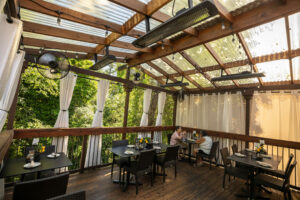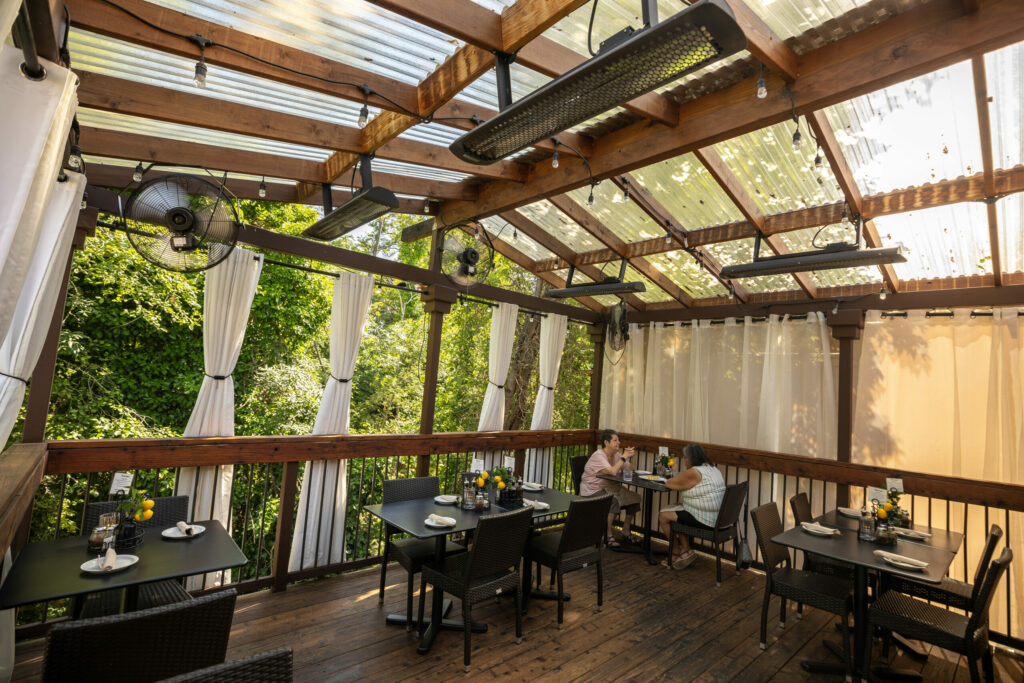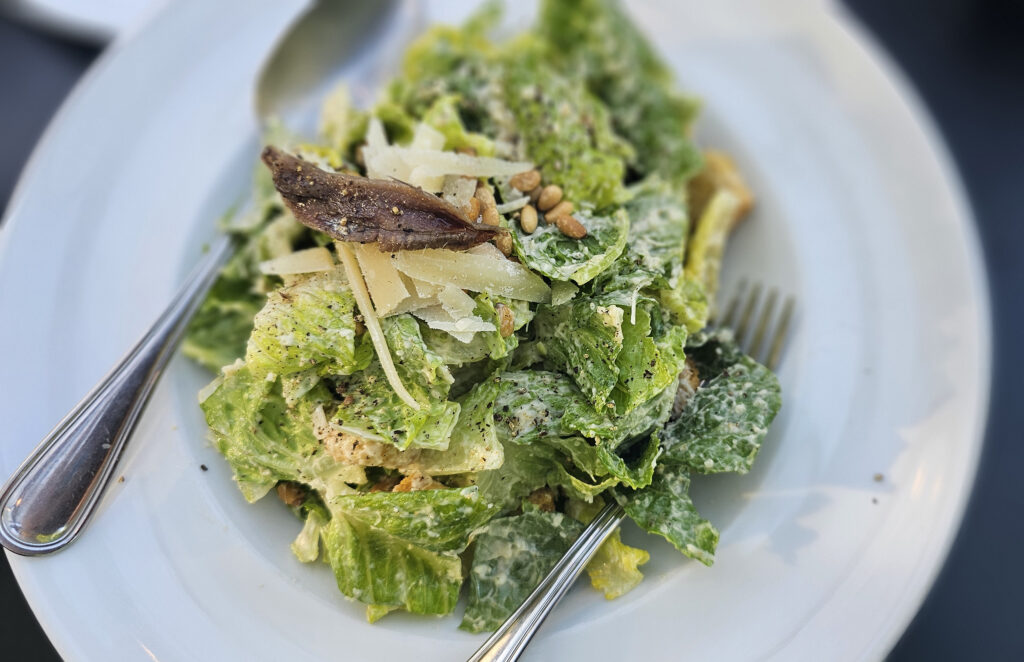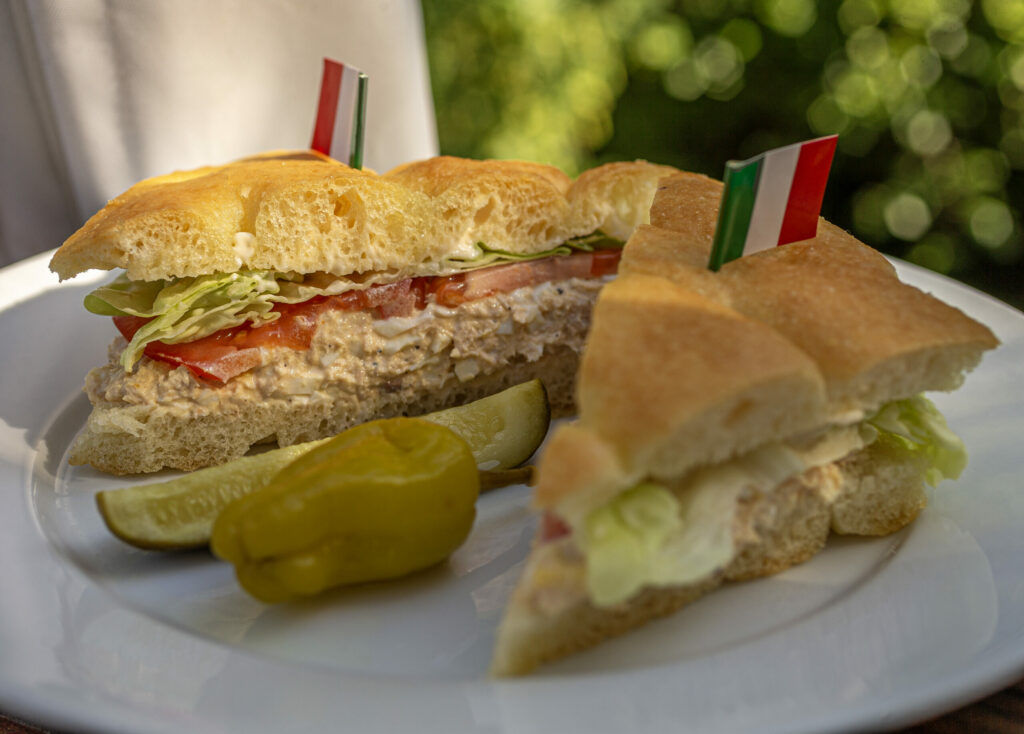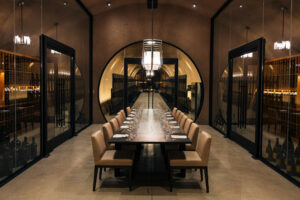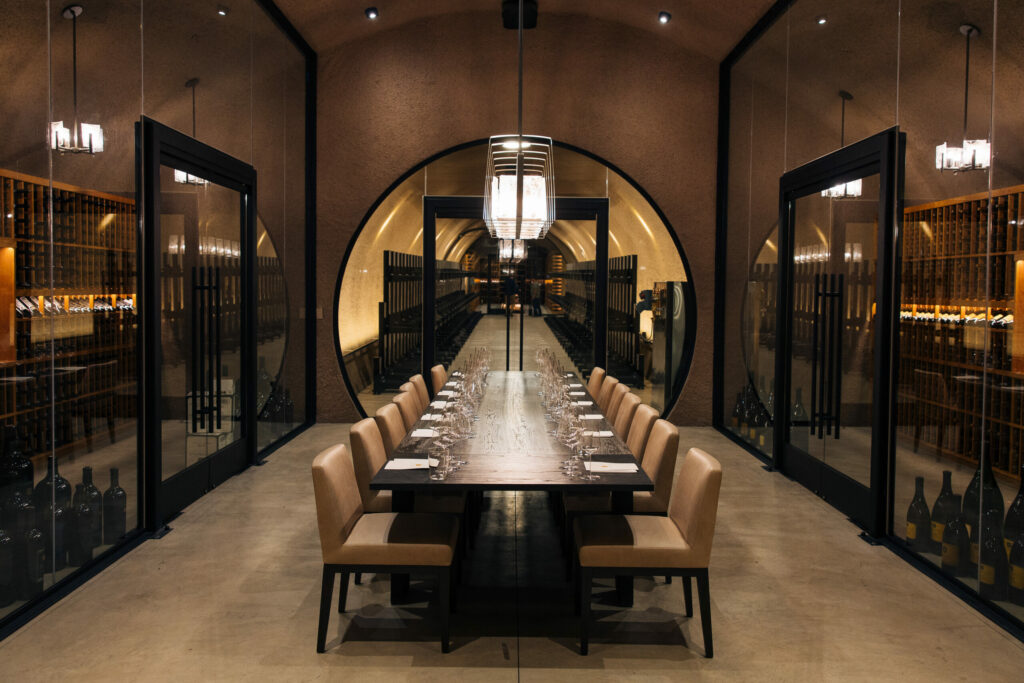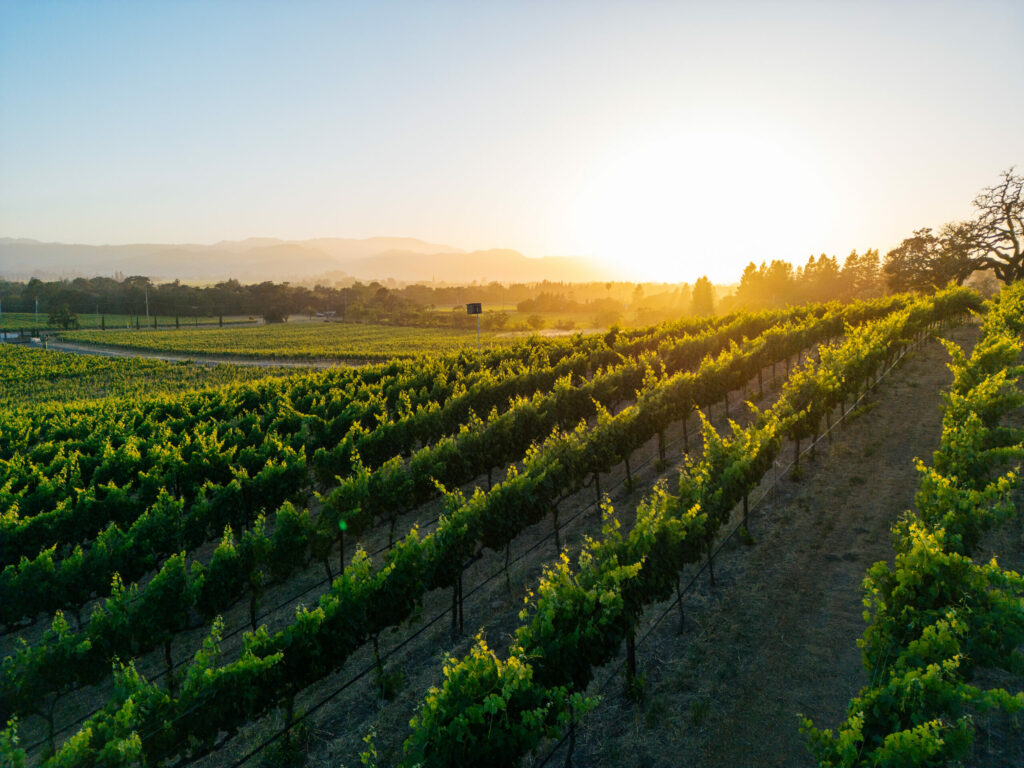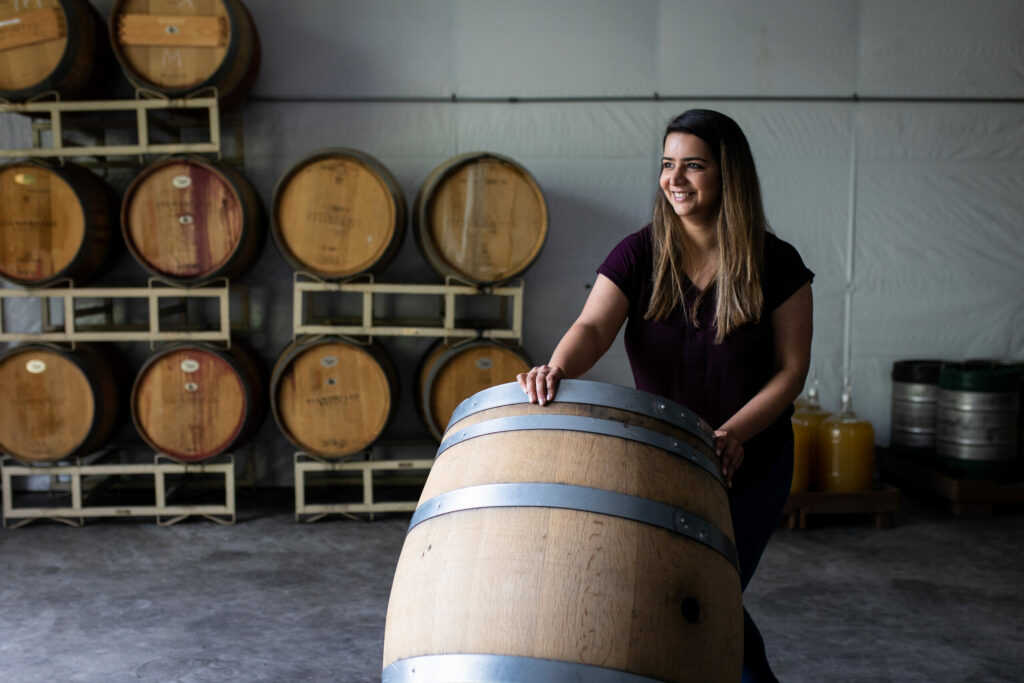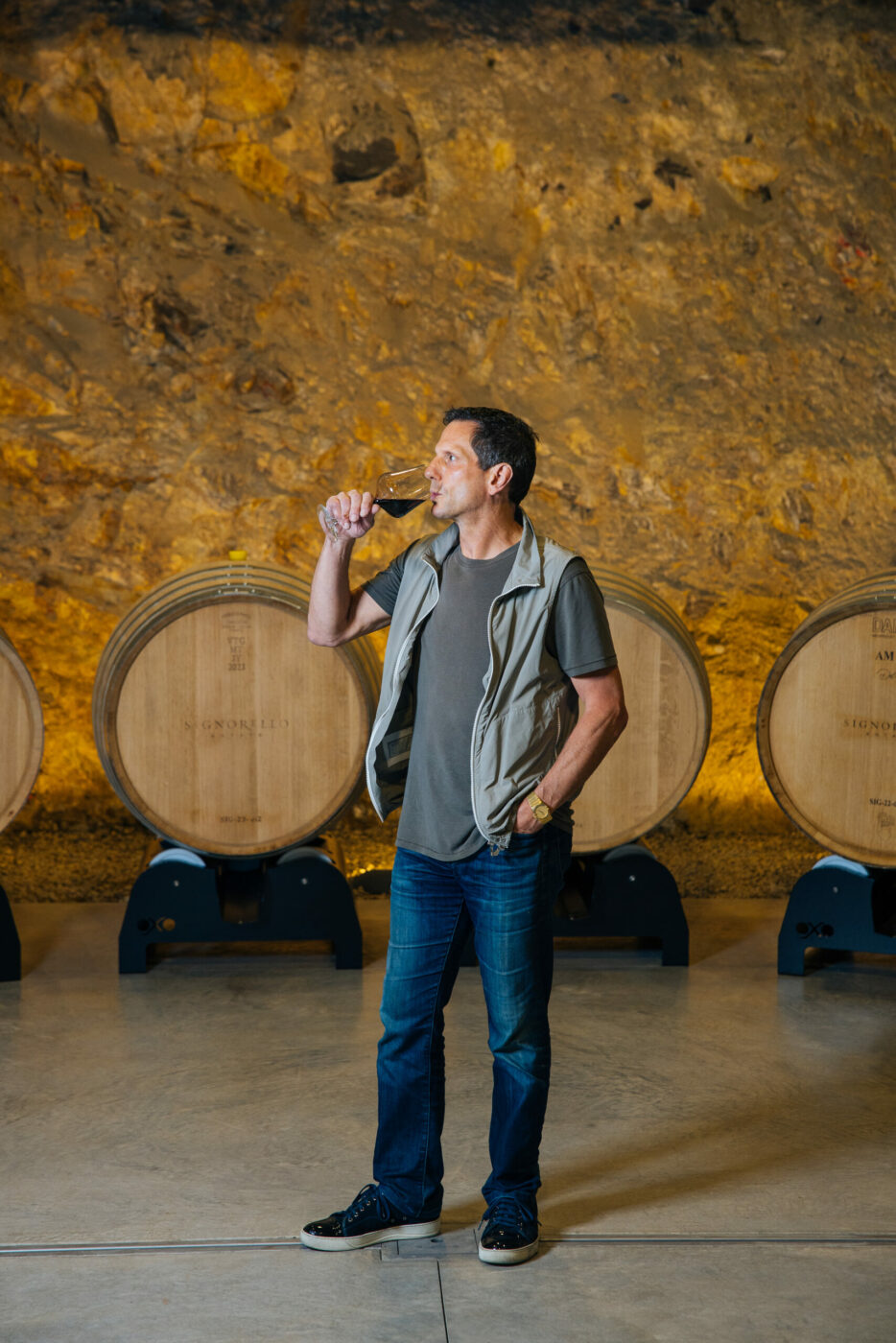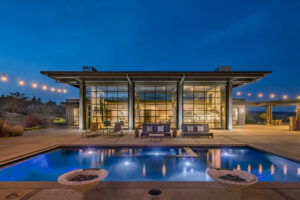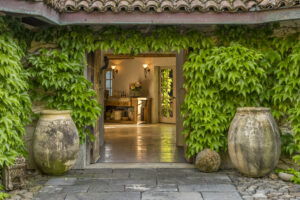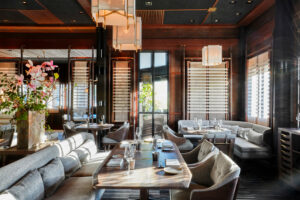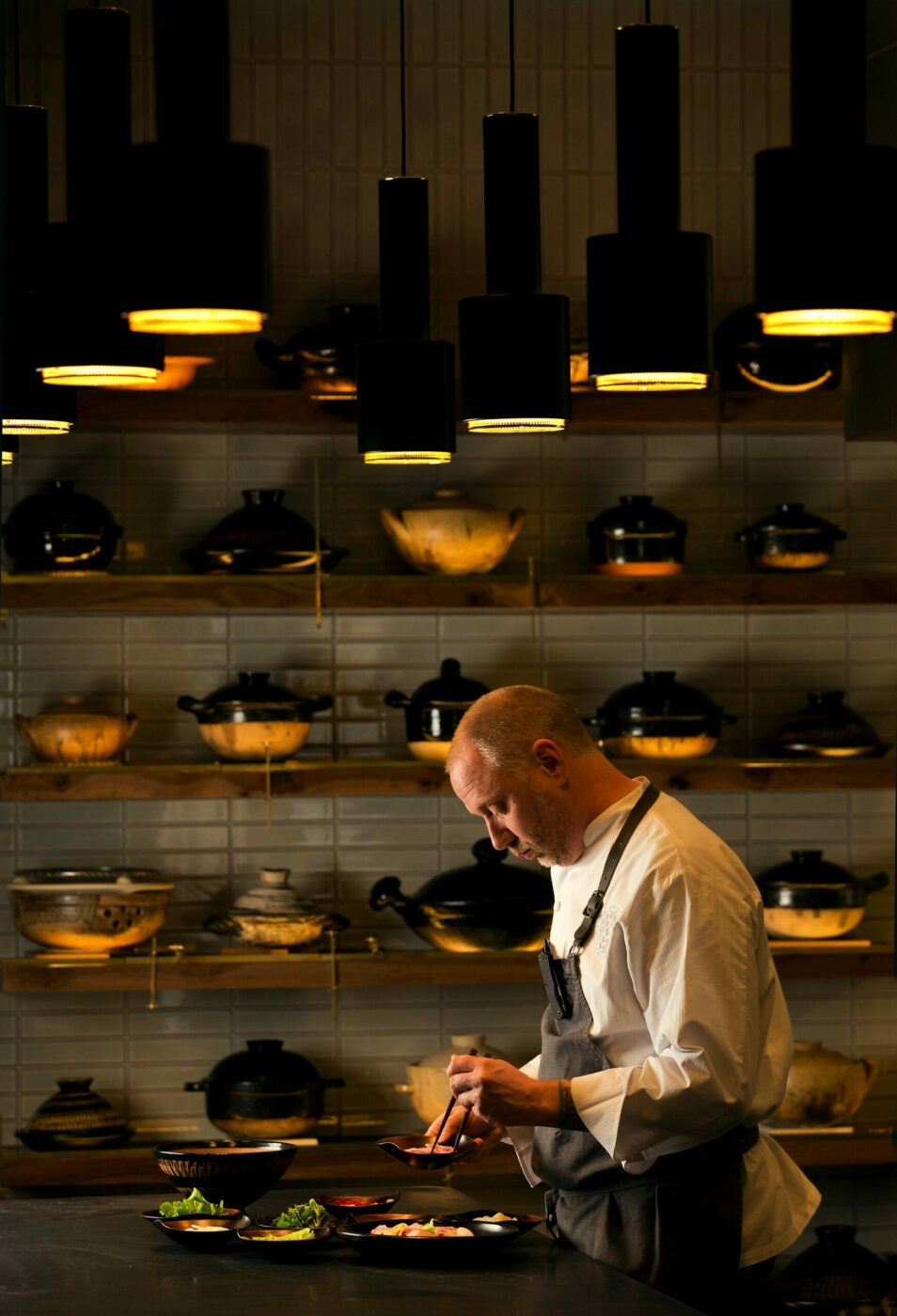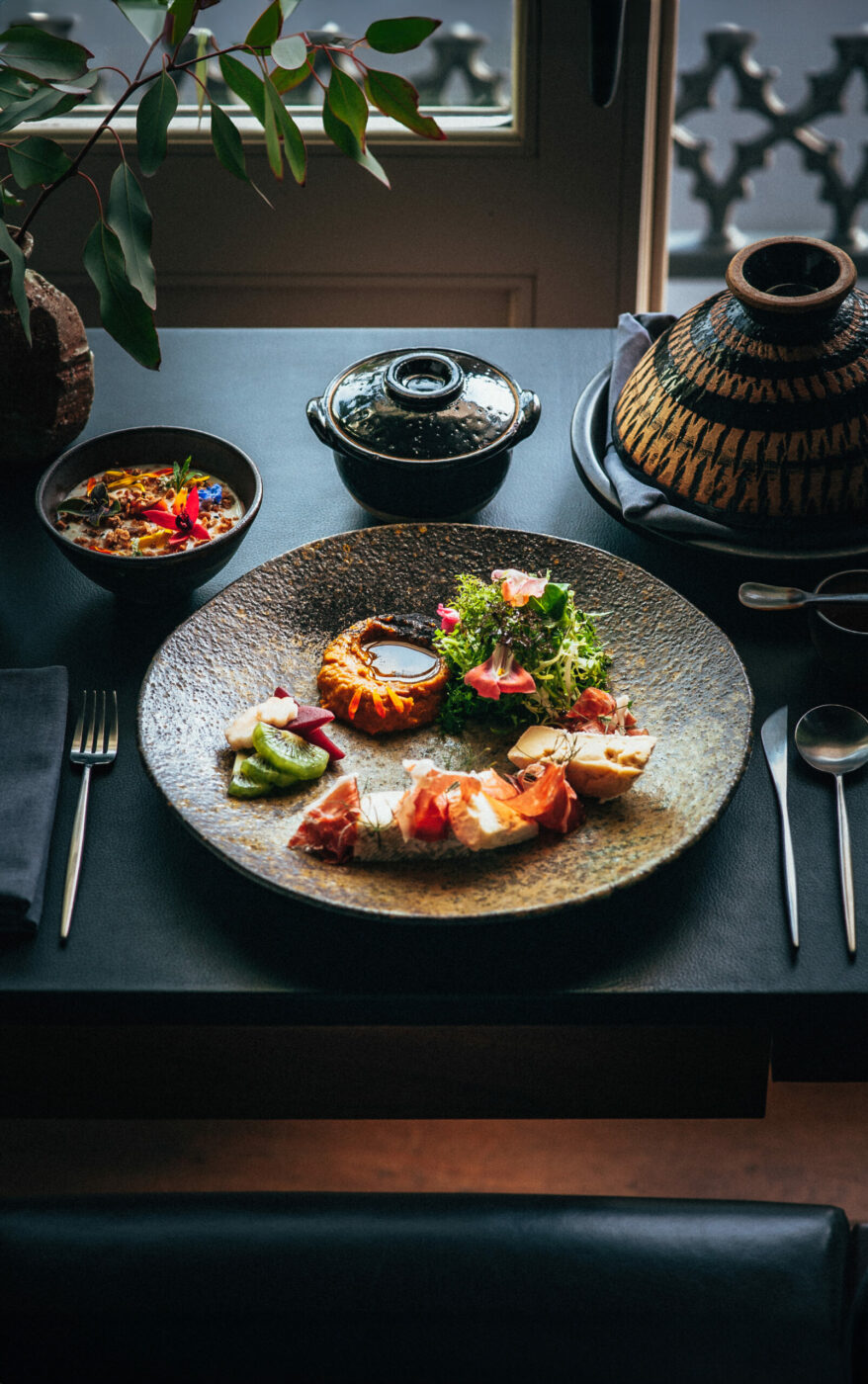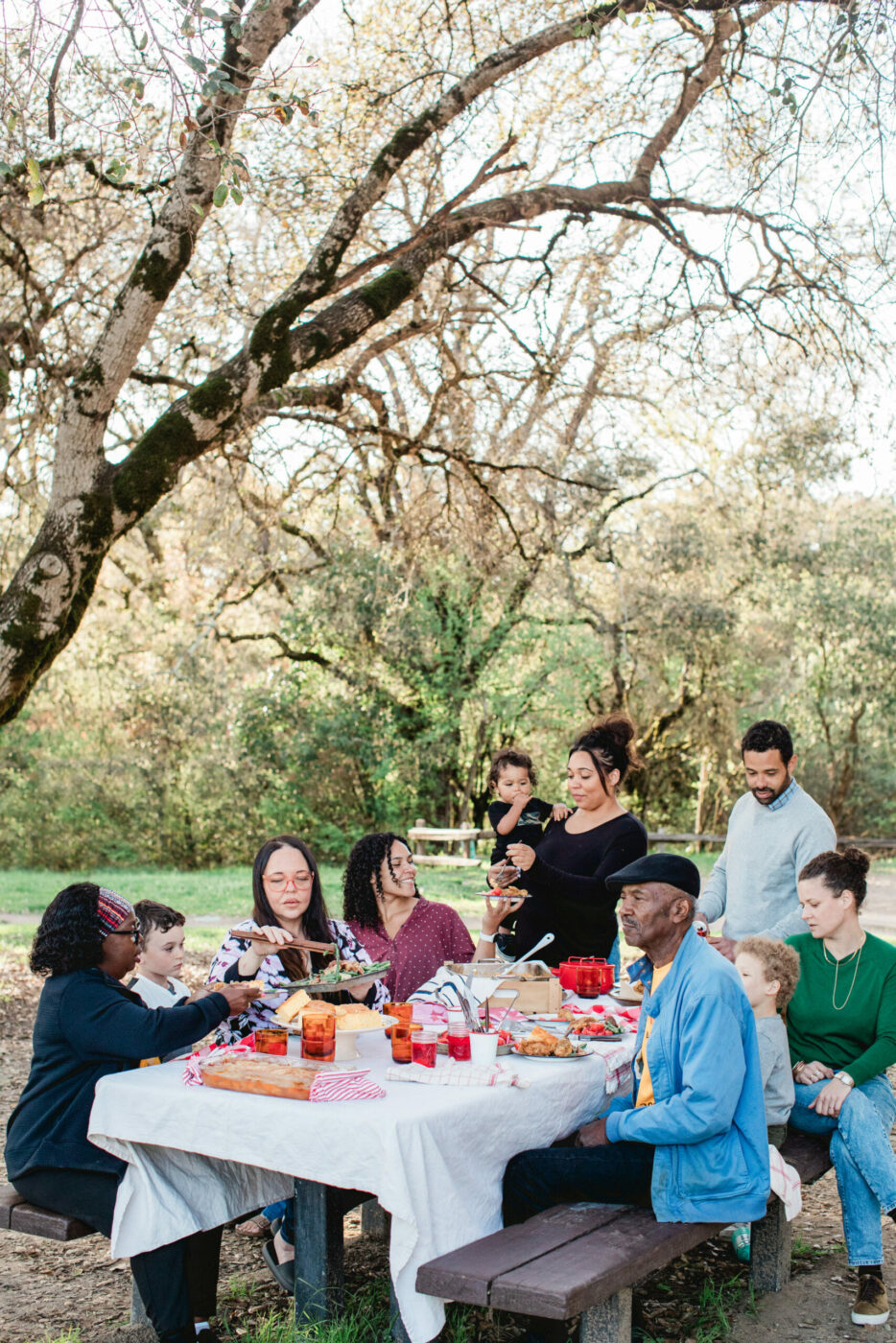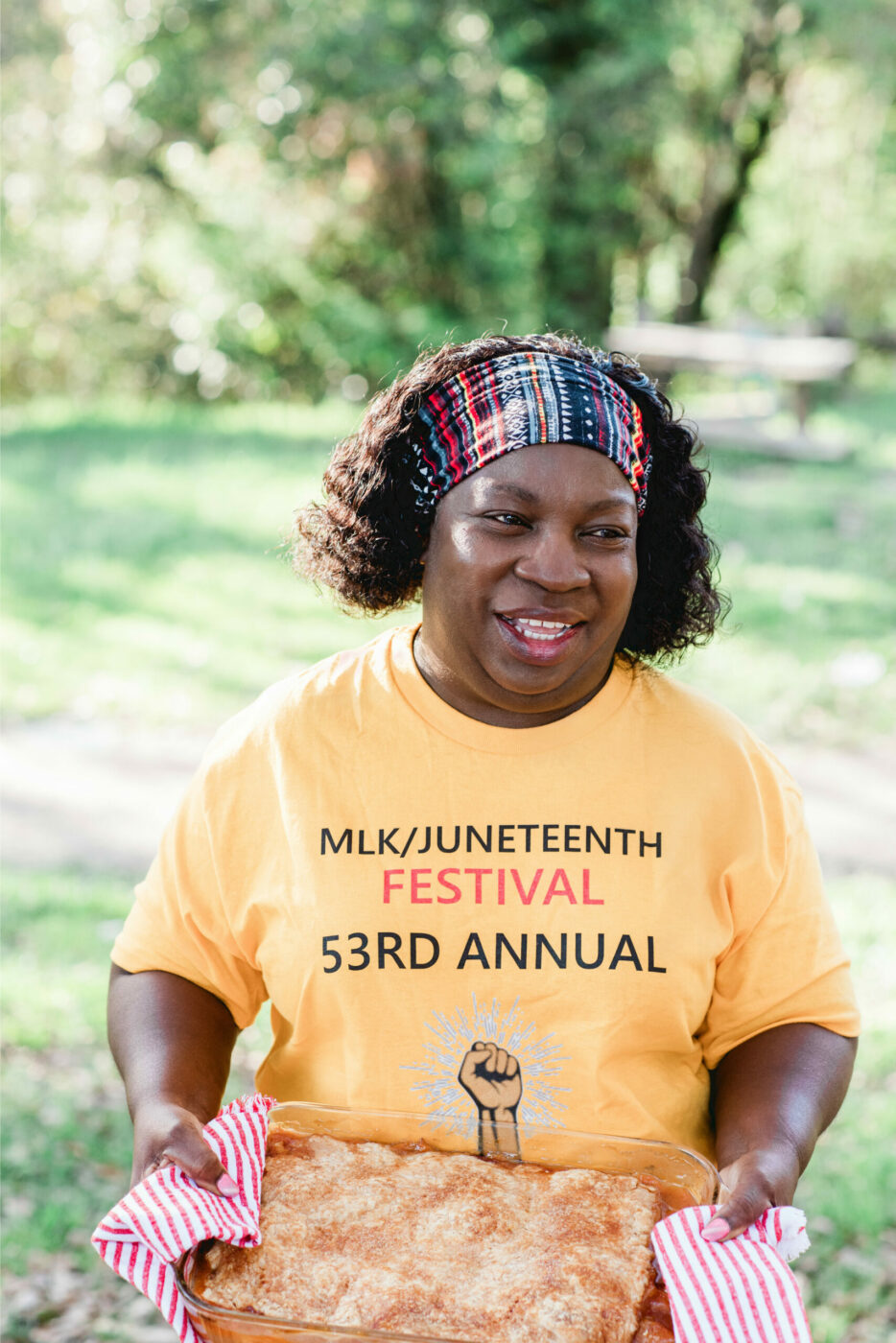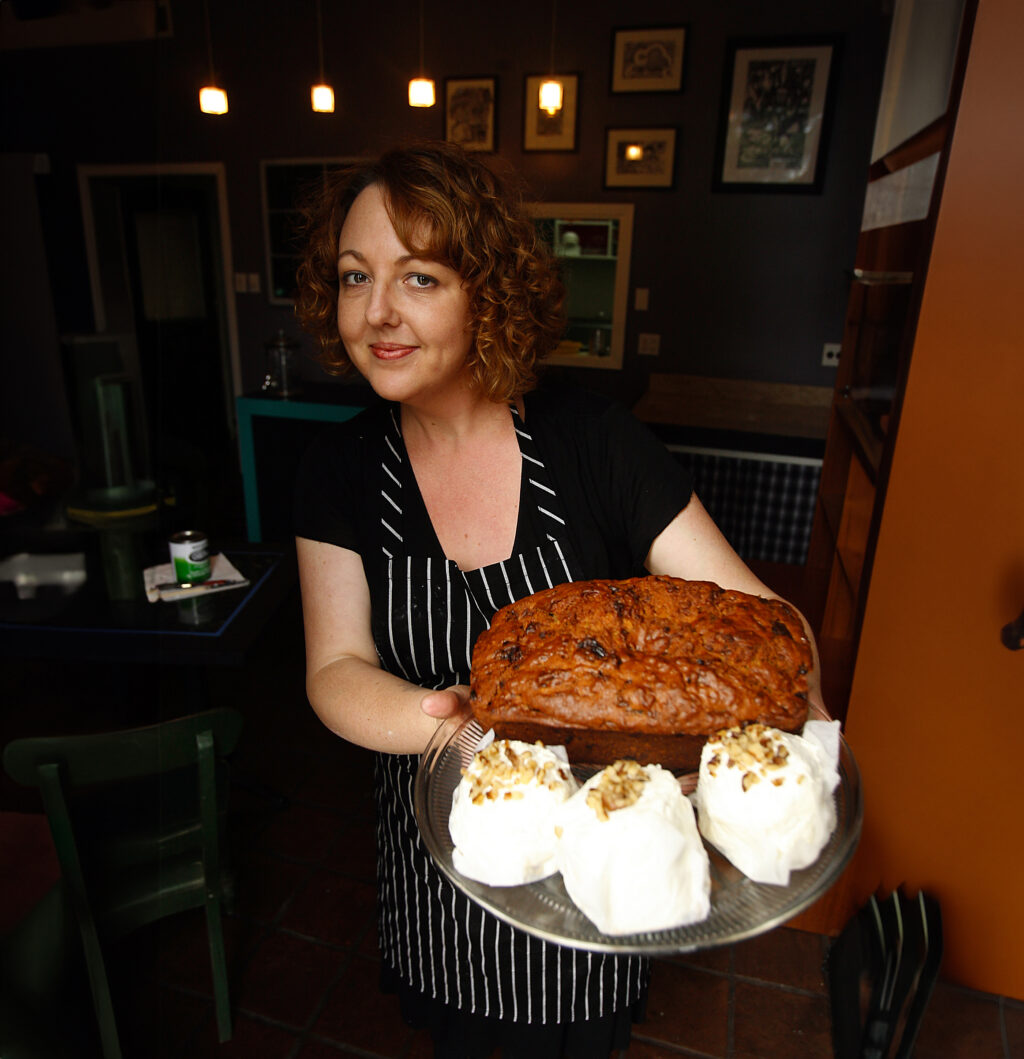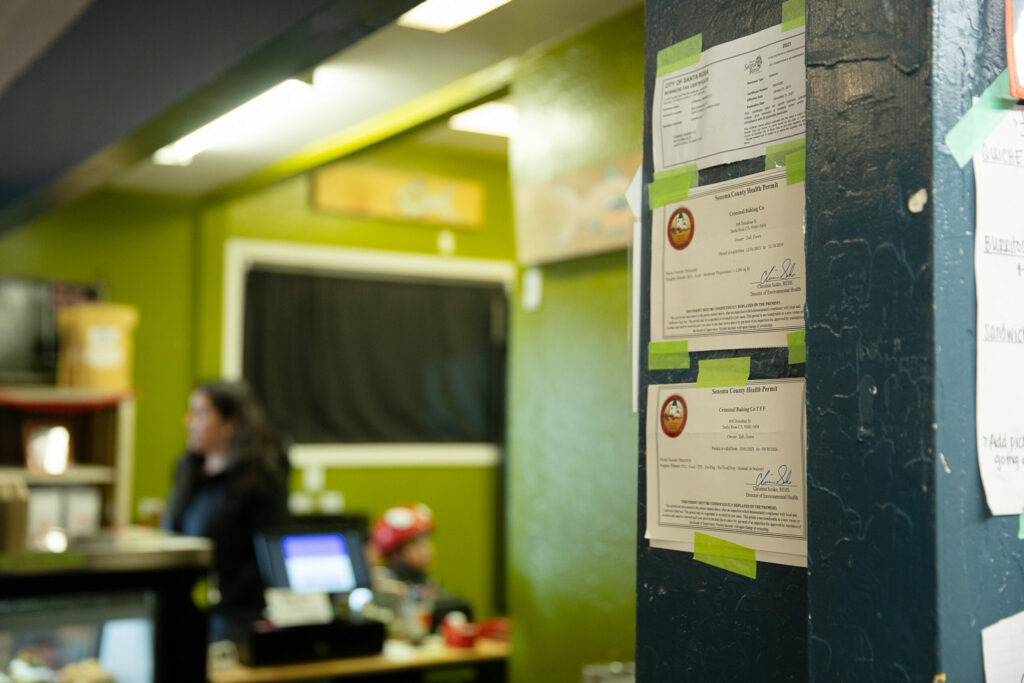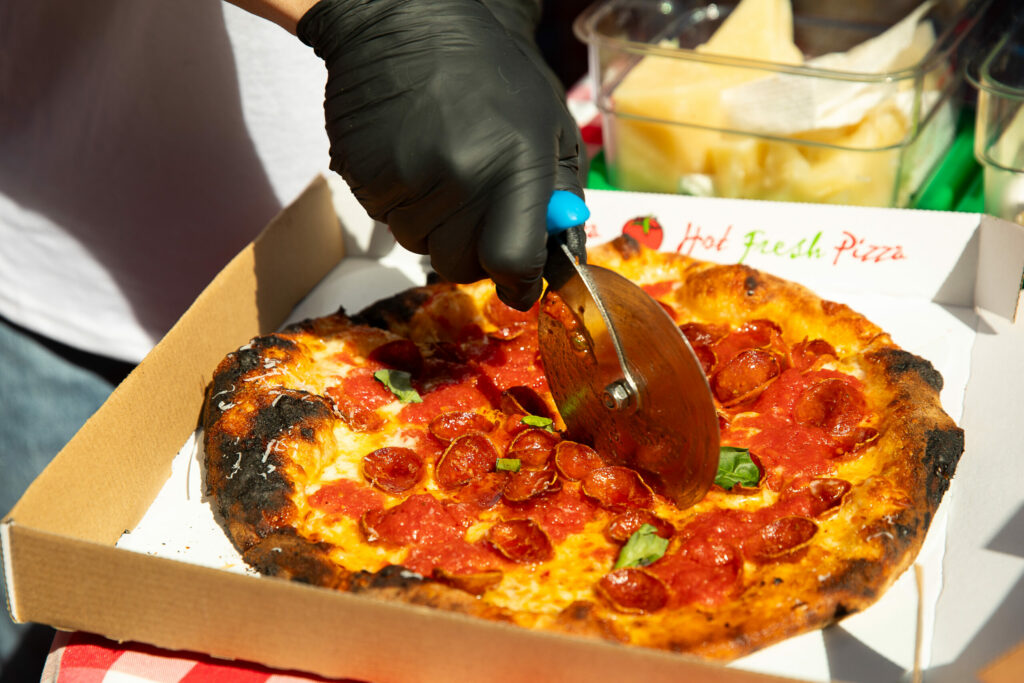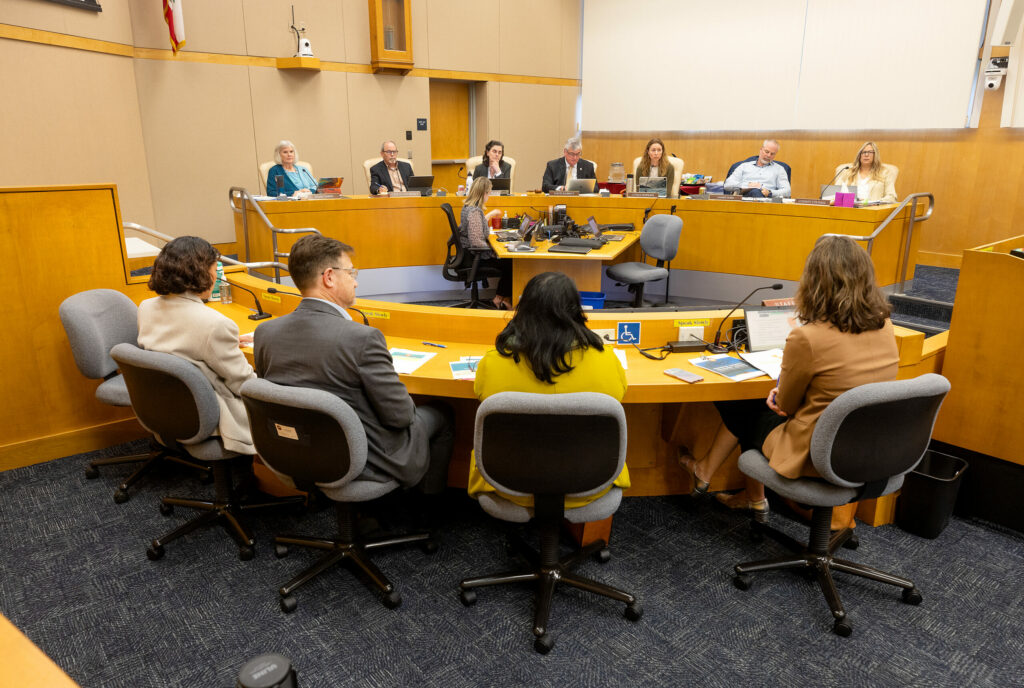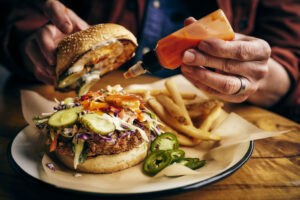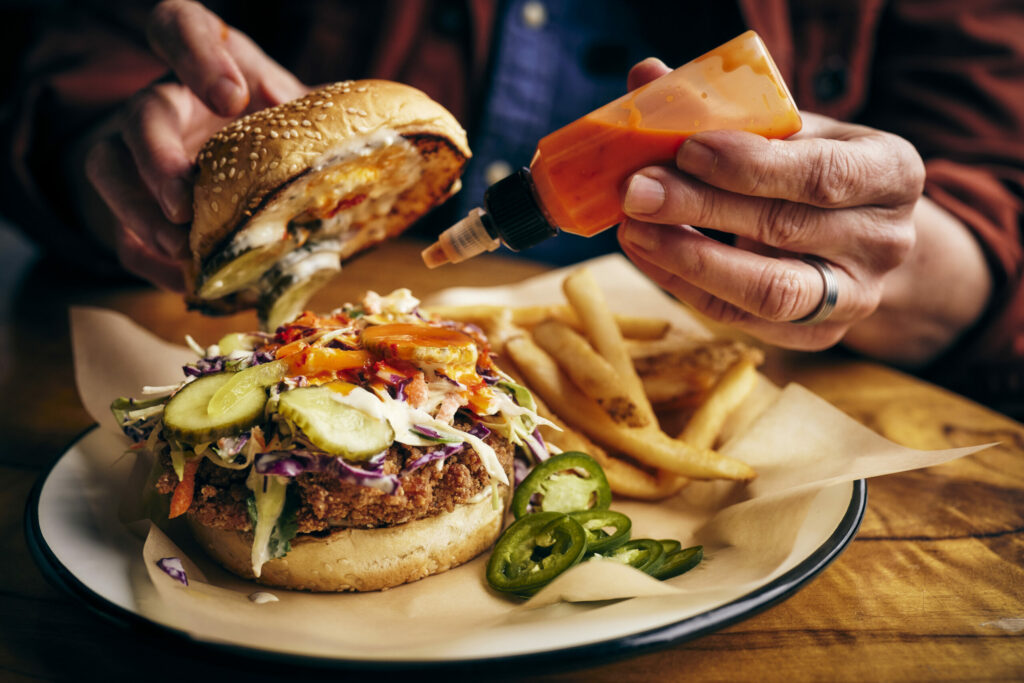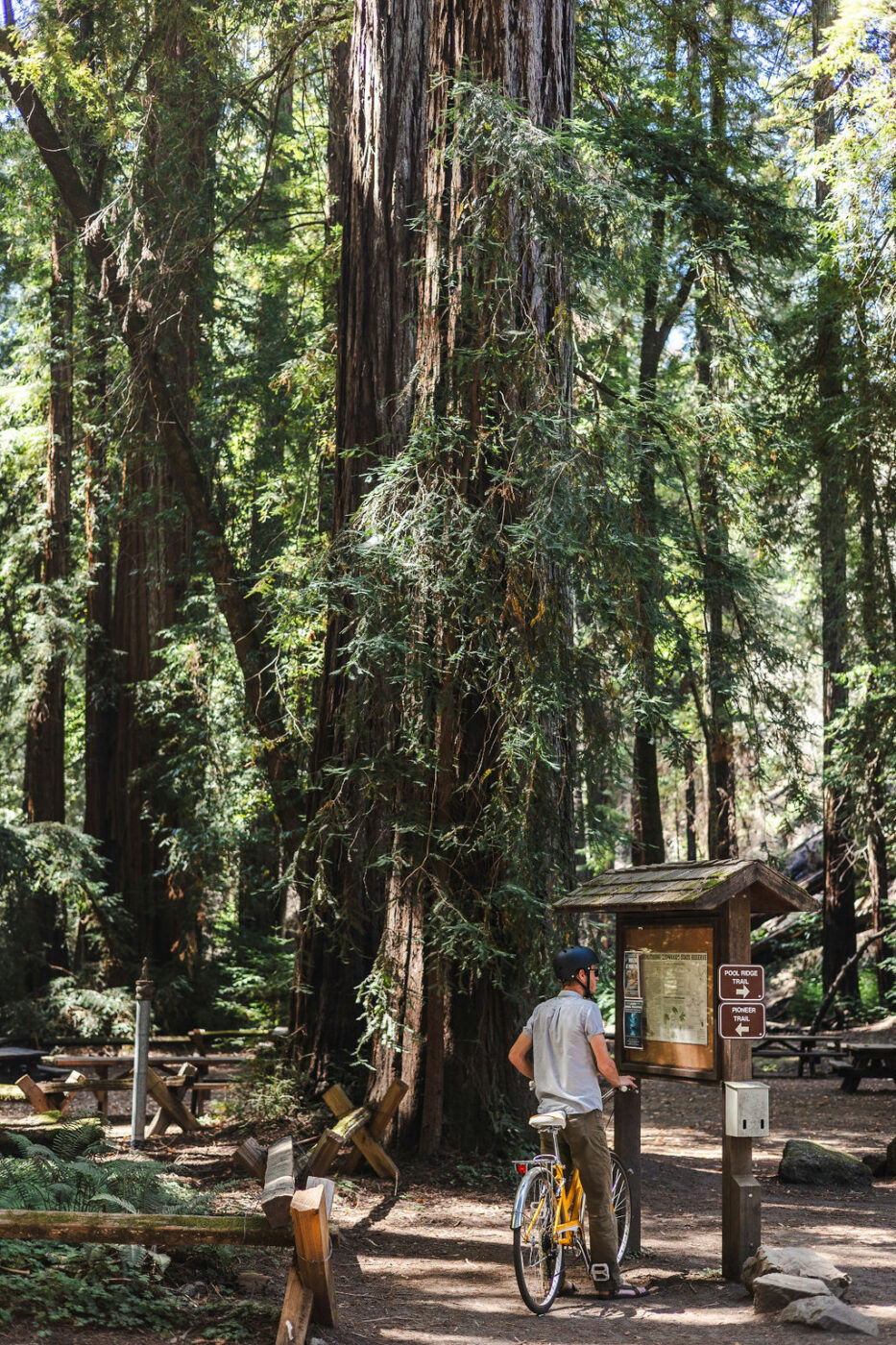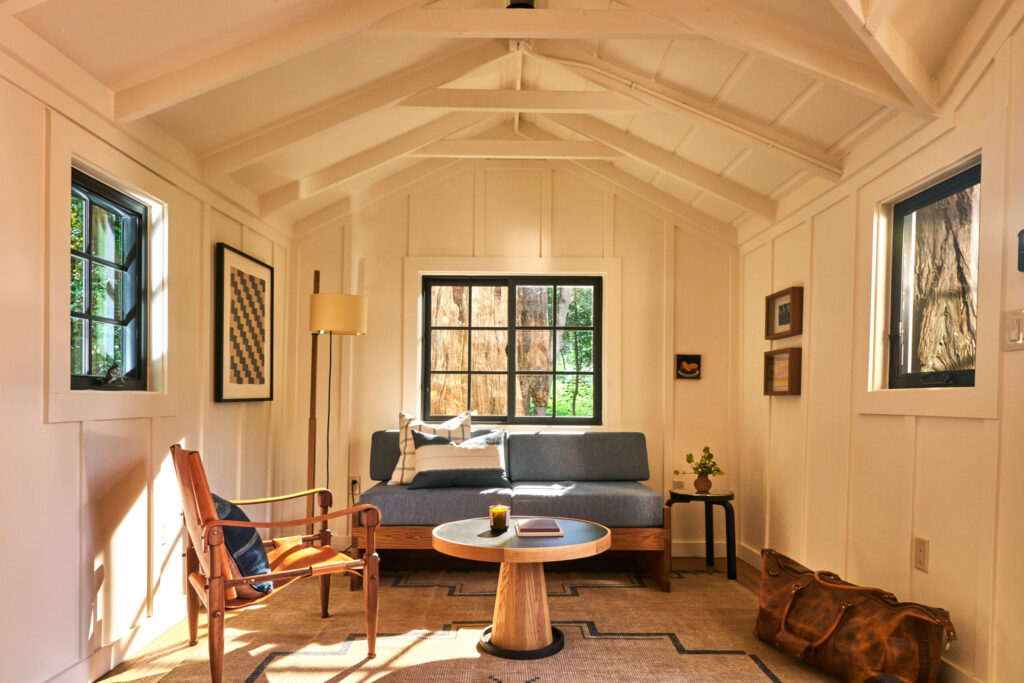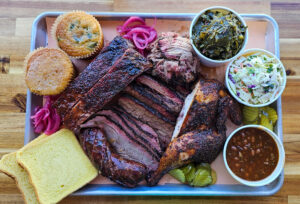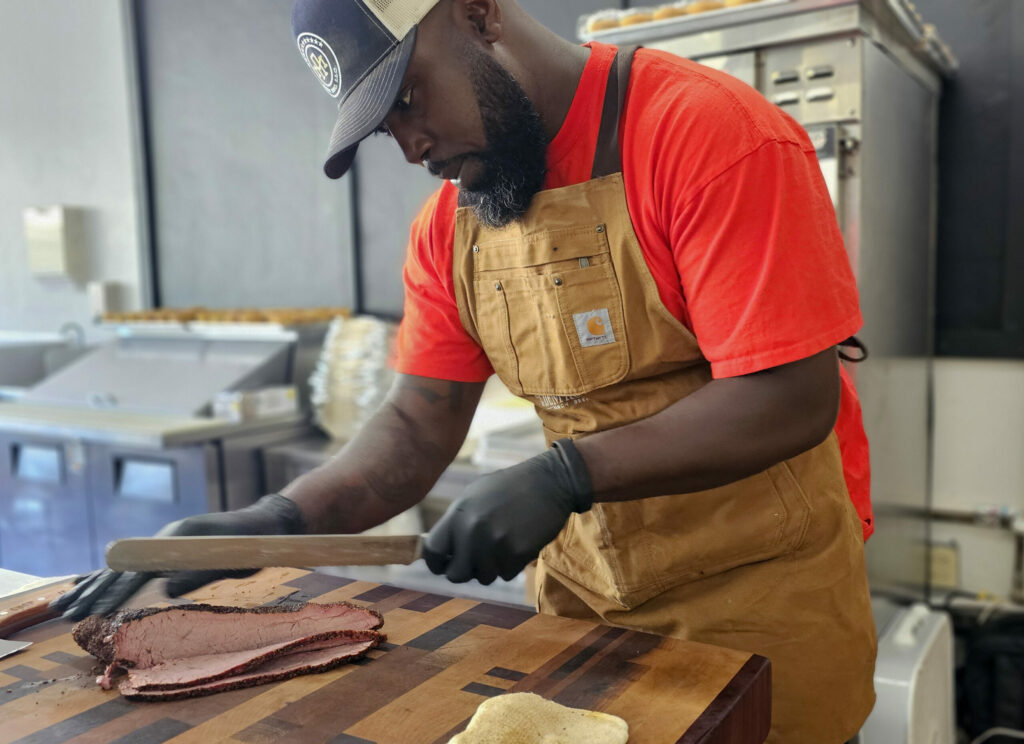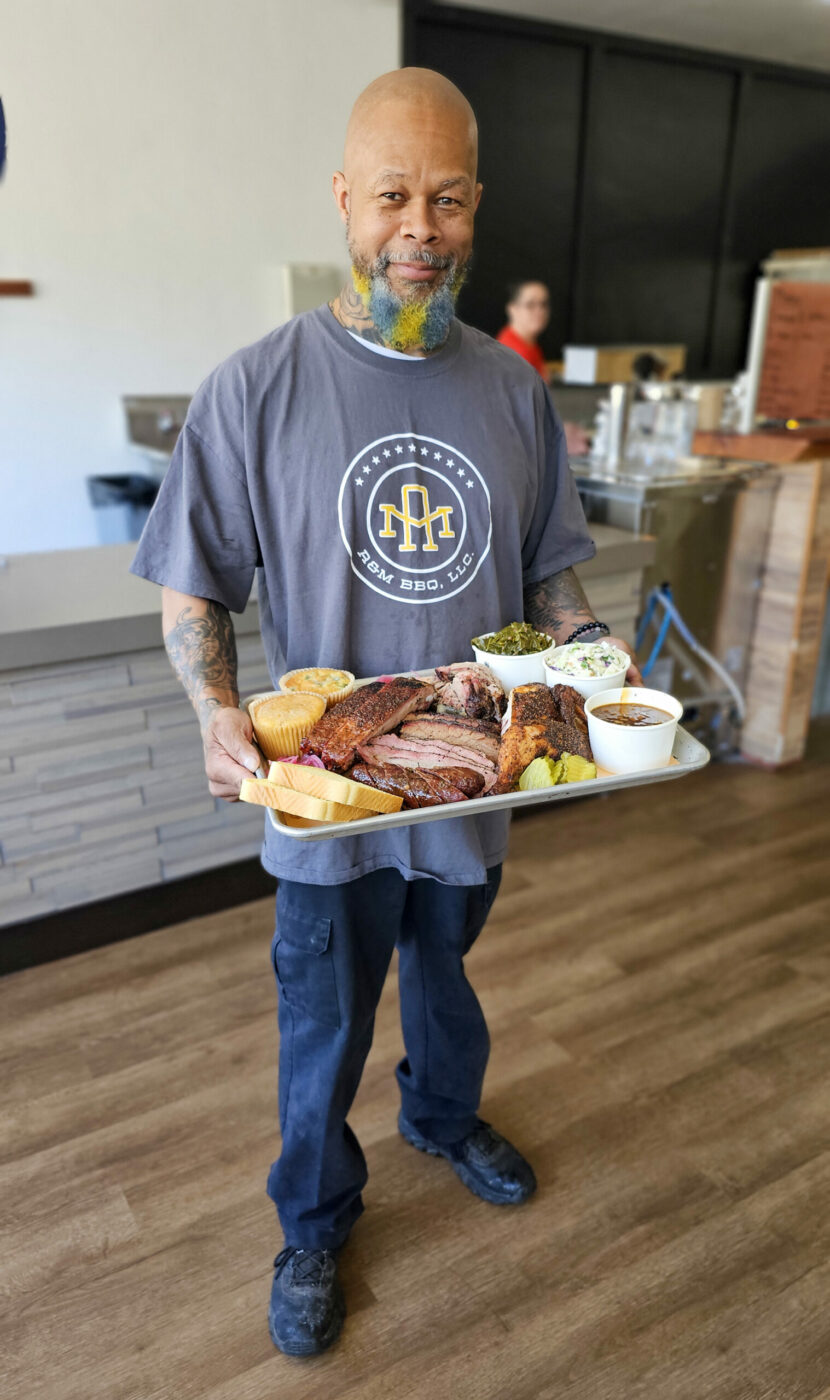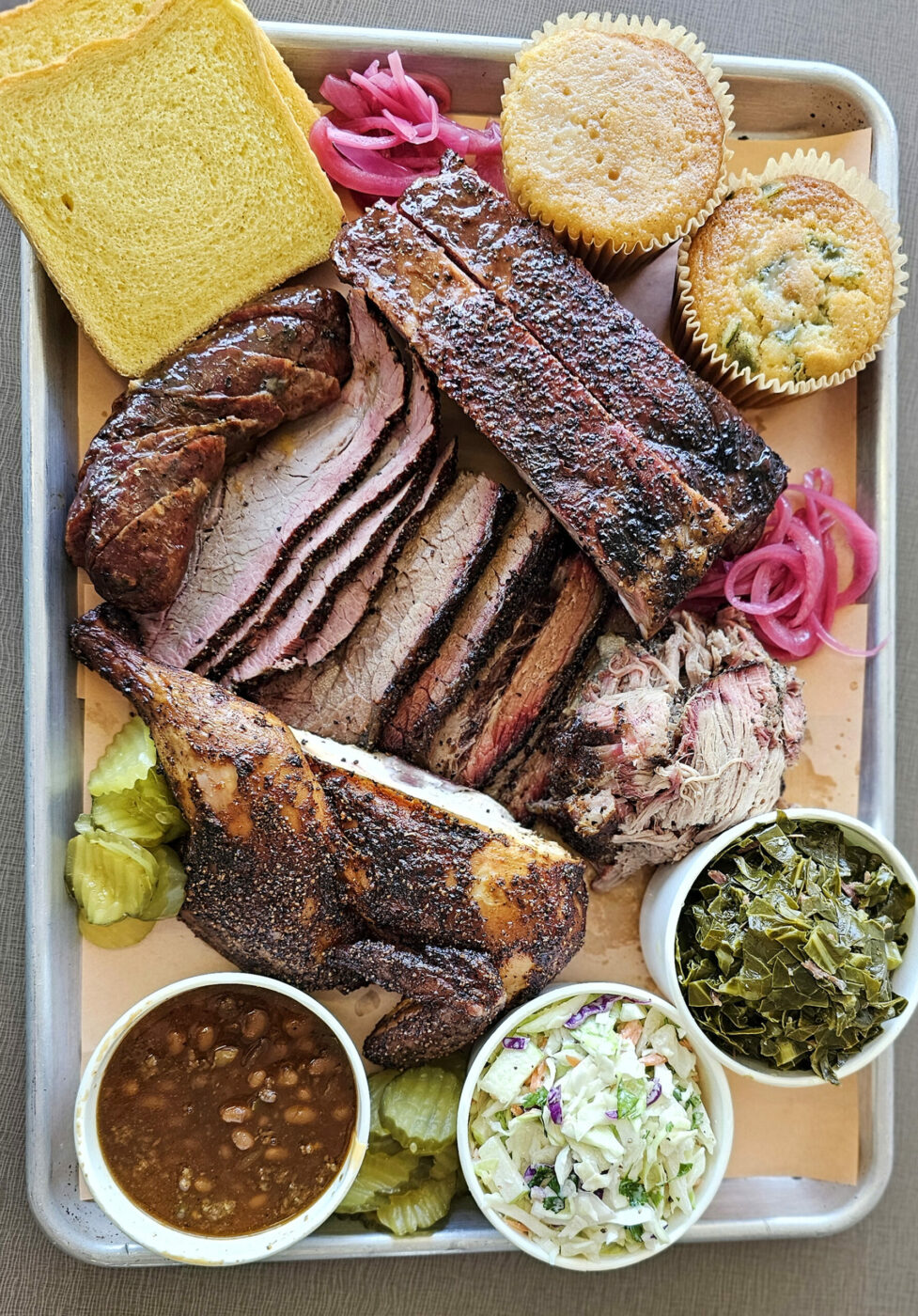An hour north of San Francisco, on the fringes of the Point Reyes National Seashore, Olema House beckons as a tranquil sanctuary for exploring the scenic Sonoma-Marin coast.
The boutique hotel, surrounded by national forest parkland and coastal wilderness, blends urban sophistication with a Bohemian vibe. Set on four acres of private lawns and gardens, it has 22 rooms and two spacious cottages for groups and small families, featuring cozy amenities such as heat-warmed floors and down comforters.
But you’re not just here to relax in plush settings while taking in the scenery. The coast also offers plenty of delicious places to eat. Just next door to Olema is Due West, a contemporary tavern inside a charmingly renovated building built in 1865. The menu showcases seasonal ingredients from small, local purveyors. The tavern also has a lovely market, with house-baked goods made daily, alongside picnic provisions.
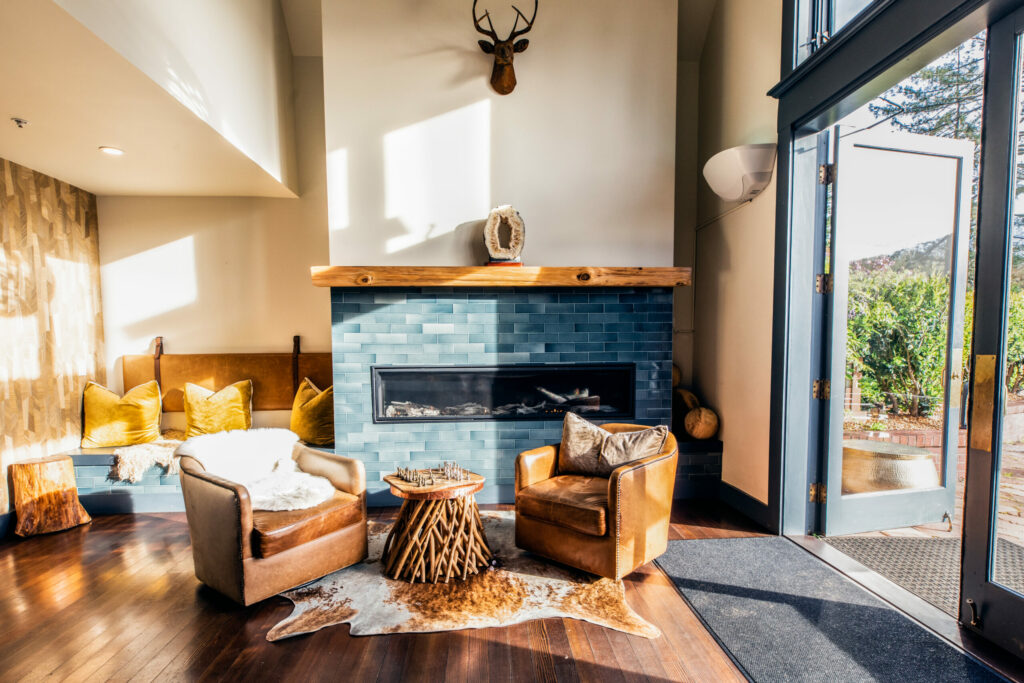
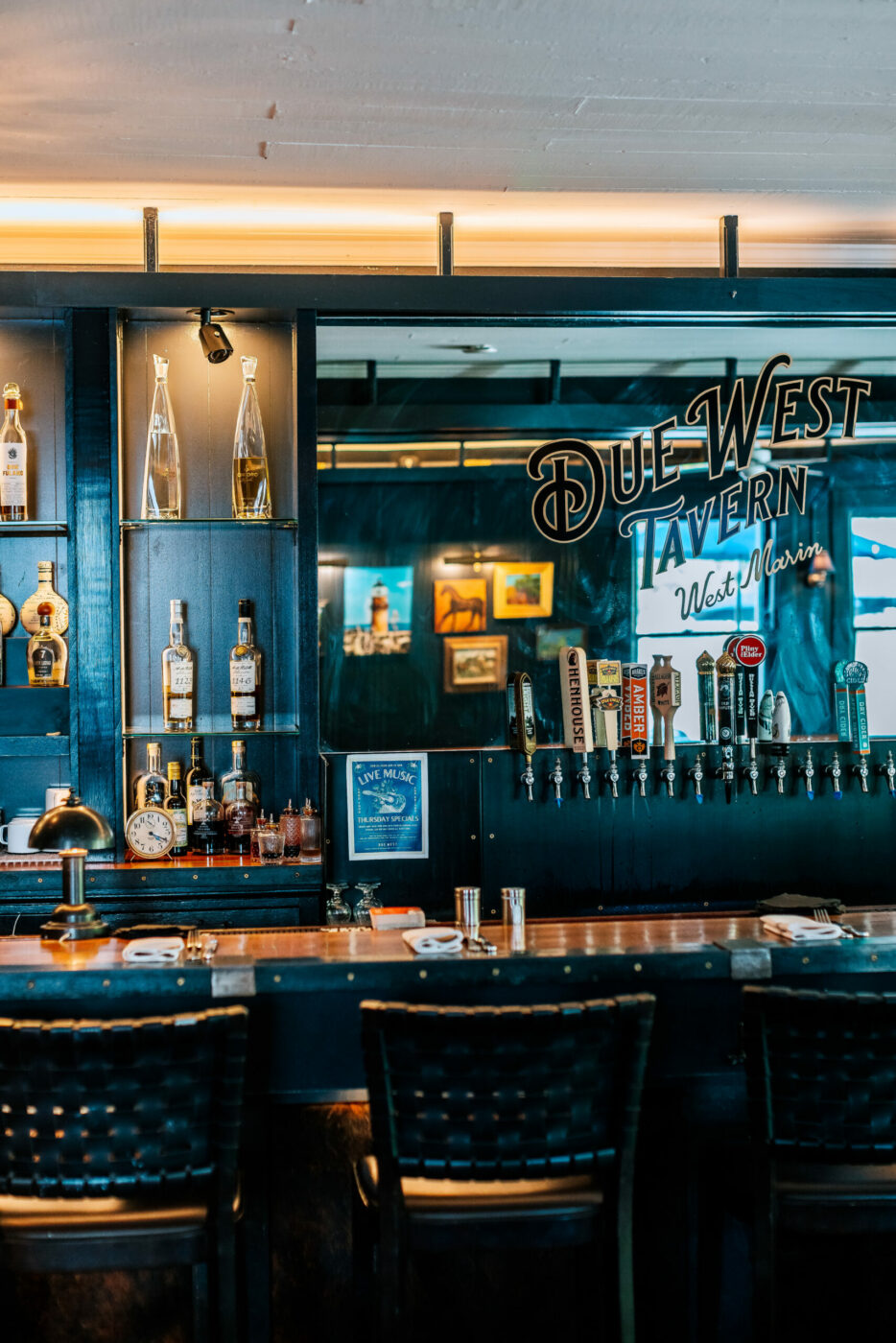
This summer, Due West has expanded its lineup of activities to include weekly live music sessions on Thursdays, which will continue throughout the summer months. These sessions feature local artists performing from 6 to 8 p.m.
To pair with the live tunes, Due West serves up Thursday night food specials, which, in June, include oysters ($20 per half dozen) and smoked baby back pork ribs with candied Serrano glaze. The tavern also plans to introduce a grill-out series, featuring a custom smoker on the property, and expand the back patio offerings to include grilled oysters, meats and more.
“Now that the sun has returned to our coast, we are excited to activate our beautiful back patio and lawn in Point Reyes with live music, great food from our smoker and selections from our Due West Tavern bar team,” said Kate Killoran, director of restaurants for Mosaic Hotel Group, which owns Olema House and Due West Tavern and Market.
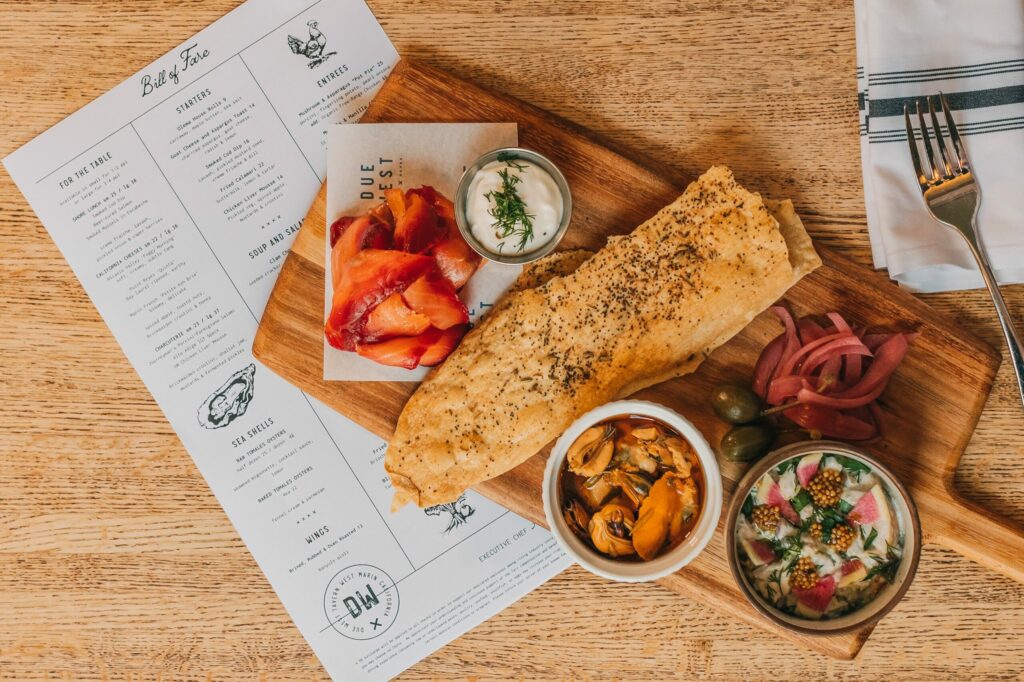
Situated off Highway 1, Olema House serves as a great starting point for exploring the wonders of west Marin, offering access to scenic hikes, coastal biking trails and paddling experiences. Due West has summer picnic packages — to enjoy on the trail or in a private patio space overlooking Olema Creek — featuring provisions from its market alongside an expanding collection of one-of-a-kind spirits, wines, low-alcohol drinks and custom-made snacks.
Upon check-in at the hotel, guests are treated to a complimentary bottle of the signature Olema House wine. Across the property, there is digital-free entertainment, such as classic board games and lawn games. Visitors can also borrow vintage or modern binoculars for daily use to view surrounding nature and wildlife. To unwind after a day on the coast, there are fire pits and a complimentary s’more hour on select evenings.
“Olema House is a tranquil space for every type of traveler, whether they want to explore nature on a self-guided tour of the many nearby trails, [or] take in the sights with a pair of binoculars from our Binocular Library,” said Jose Barajas, Olema House general manager.
Olema House, 10021 Highway 1, Olema. 415-663-9000, olemahouse.com; Due West Tavern, 10005 Highway 1, Olema. 415-663-1264, olemahouse.com/due-west-restaurant



